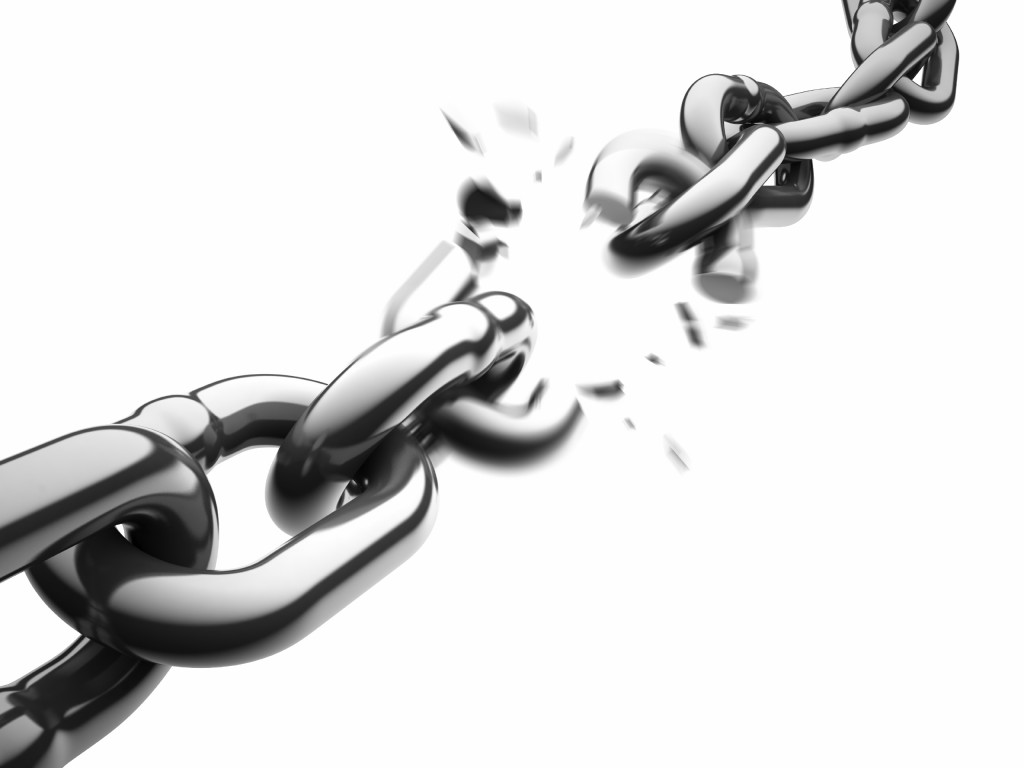The chain of custody is known as the forensic link. It is essential. It’s proper documentation differentiates between it and other forms of medical/biological testing. It serves two major purposes, if done correctly. First, it forms a receipt of who had it when and who had it next. This is the typical and tradition notion of the chain of custody. If done properly, at the most this insures us that the sample collected was the one actually analyzed if all of the people involved are to be believed. It does not necessarily mean lack of access by others. It is essential that there be some sort of accounting and proof that insures that only authorized personnel have access and who these people are.

However, this traditional notion for chain of custody is just part of the whole picture. The importance of a properly conducted chain of custody is that it insures the sample integrity meaning that that which was collected is faithful in its current form and remains representative of what it was when first collected. It is this second vital aspect of the chain of custody that is typically ignored.
As we learned in this blog and the PADUIBlog, temperature, vibration, viscosity and other matters can transform a perfectly collected sample in forensic garbage in very short order. What is not typically recorded is all of these things that can affect the integrity of the sample.
All of these principles apply to the external chain of custody, but there is also importantly the internal chain of custody. With biological samples (blood, urine or oral fluid), we have volumes of sample. The sample analysis is actually a very small portion of the sample. It is not a totally destructive of the entire sample. For example with blood alcohol what actually is used in the headspace vial are drops of the entire 10 mL sample. There must be an accounting of the initial aliquotting and all subsequent use of the entire 10 mL sample so that if anyone were to come and visually inspect the sample and note that there is less than 10 mL, we can perform a forensic audit of the records to see where the portions of the sample went.
We must look at the training of the people along this most important forensic link. Are these people trained at all? Who trains them? What does it consist of? Are they periodically checked for protocol awareness? Are they checked for protocol adherence? Ultimately, the large question is what is the validity of their chain of custody protocol?

One need look no further than the Ryan Braun case to see how important chain of custody can and should be. By way of background in 2011, the Milwaukee Brewer was named the National League Most Valuable Player. He is widely regarded to be among the very elite in major league baseball today and has even been called a future Hall of Famer. In the height of his MVP celebration, it was learned on December 10, 2011 that Braun had failed a confidential urine test. The test itself was taken in October and was collected at the ballpark by way of an announced (pre-noticed) demand following the Brewer’s first game of the 2011 postseason. The analysis revealed a super-elevated testosterone-estrogen level, making him in violation of MLB’s Performing Enhancing Drug (PED) policy. He was promptly issued a season killing 50-game suspension and a strike toward the recidivist based MLB PED penalty system. Although the results and the raw data were not released, it was reported by news outlets such as the Daily News that the results were double that of anyone ever recorded under the MLB PED testing program. The matter was appealed and litigated. During the course of the litigation it was learned that the collector of the sample was not well-trained in the collection of the sample and was not informed fully of the need for sample integrity. The sample was collected on a Saturday when it was demanded of Braun. The collector claimed that by the time of the collection there was no FedEx facilities open as it was part of their protocol to ship collected items via FedEx common carrier. Testimony contradicted this as it was discovered that at least five FedEx locations within 5 miles of the collection were open until 9pm and there was also a 24 hour facility available both Saturday and Sunday. The sample remained in his home refrigerator (some reports say it was a basement older refrigerator), which of course was not a dedicated refrigerator but a typical mixed use refrigerator, where it was not controlled or monitored. The sample was delivered to FedEx that Monday for transfer. Despite the testimony of scientists with USADA and MLB that this non-preferred series of events would not have degraded or transformed the sample into a true false positive, the arbitration panel in a 2-1 decision pointed to the chain of custody as having series questions as to the integrity of the sample. His PED positive was nullified. He was not suspended and he his strike was removed.
Meaningful and robust chain of custody procedures do not generally exist in forensic science. It is sad to say that we value money and sports more than liberty and justice.


